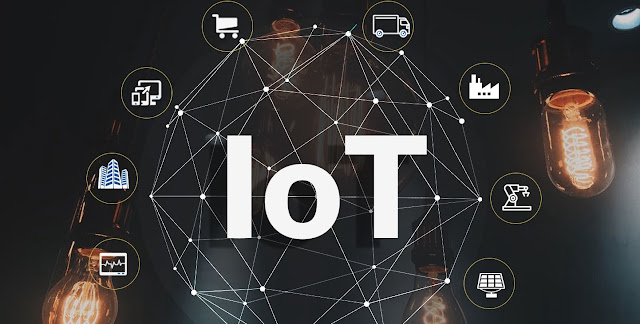Role of IoT and Data Mining in the Tech Industry
The Internet of Things (IoT) is that the system linking the entire world of tangibles to this of their intangibles, in other words, a community of physical objects joined to the application cloud. It includes the installation of detectors and controls in the apparatus, letting them remain connected, communicate, and share information within a network.
A variety of IoT Development Service devices could be connected within a system and also have information pouring in from all directions. Smartwatches send info about workout tasks, while clever thermostats send info on temperature changes, and intelligent switches send power use information. That is a great deal of information.
However, how can we make sense of this information to acquire valuable insights about the client's health, house, and power consumption? When you have a look at the whole information, it may seem like crap. But, hidden patterns could be tracked and pulled by minding smart data mining algorithms to accumulate and inspect the information to offer useful analytics.
Role of IoT Development Services and Data Mining In Tech Industry
The information acquired by IoT undergoes several measures prior to any helpful information that could be derived out of it. The information preparation stage includes the integration of information from several data sources and cleans up the information. On the flip side, the data mining platform is one where calculations are employed to discover and rate the routines from the information. The last phase is that the information demonstration stage where the information will be presented to the consumer to acquire useful insights.
On the other hand, the procedure for large data mining out of IoT includes its own set of challenges like disparate datasets, large quantities of information, and the ethics of information sources. With the rising prevalence of IoT, fresh alternatives and data mining algorithms have been designed to handle such issues.
As per research by Gartner, the number of devices linked through IoT currently outnumbers the present world population and by 2020, it's estimated to reach around 20 billion.
It is 2018 and where precisely are these technology giants now from the IoT sector?
With a selection of smart devices, such as the Echo smart speakers, Amazon was among its very earliest tech giants at the IoT area. That is where Amazon ingeniously incorporated IoT using its autonomous robot-equipped warehouse to improve efficiency and change its logistics and operations. Relentless in their assignment to utilize IoT to not just boost business but concurrently enhance customer experience, Amazon has started its own checkout-free Amazon Go convenience shop.
Another product very similar to Amazon's Echo smart speakers would be Google's own smart helper -- Google Home. The functionalities of those wise assistants are usually comparable and revolve around playing audio, providing responses from the internet, controlling lights in a space, etc. Google also possesses Nest, the manufacturer of a range of connected devices, such as smart thermostat and safety systems.
Google's R&D is significantly invested in its driverless automobiles. Google also recently declared a processor to be incorporated with the IoT apparatus that could directly mine information before transmitting it to the cloud.
Together with the smartphone revolution, program developers needed a stage such as iOS and Android made by Apple and Google. Likewise in the example of IoT, these technology giants are expected to place up the protocol infrastructure, along with a proven structure for the future evolution of IoT. Microsoft's Azure system is in the heart of supplying an underlying platform for linking a range of detectors from linked automobiles, smart cities, health care associations, and industrial warehouses. The business delivers an expansive package of application development tools for IoT. While some are focused on supplying a complete IoT encounter to the end customers, Microsoft's IoT growth providers listen to that which lies behind the scenes for seamless integration of detectors and data.




Comments
Post a Comment